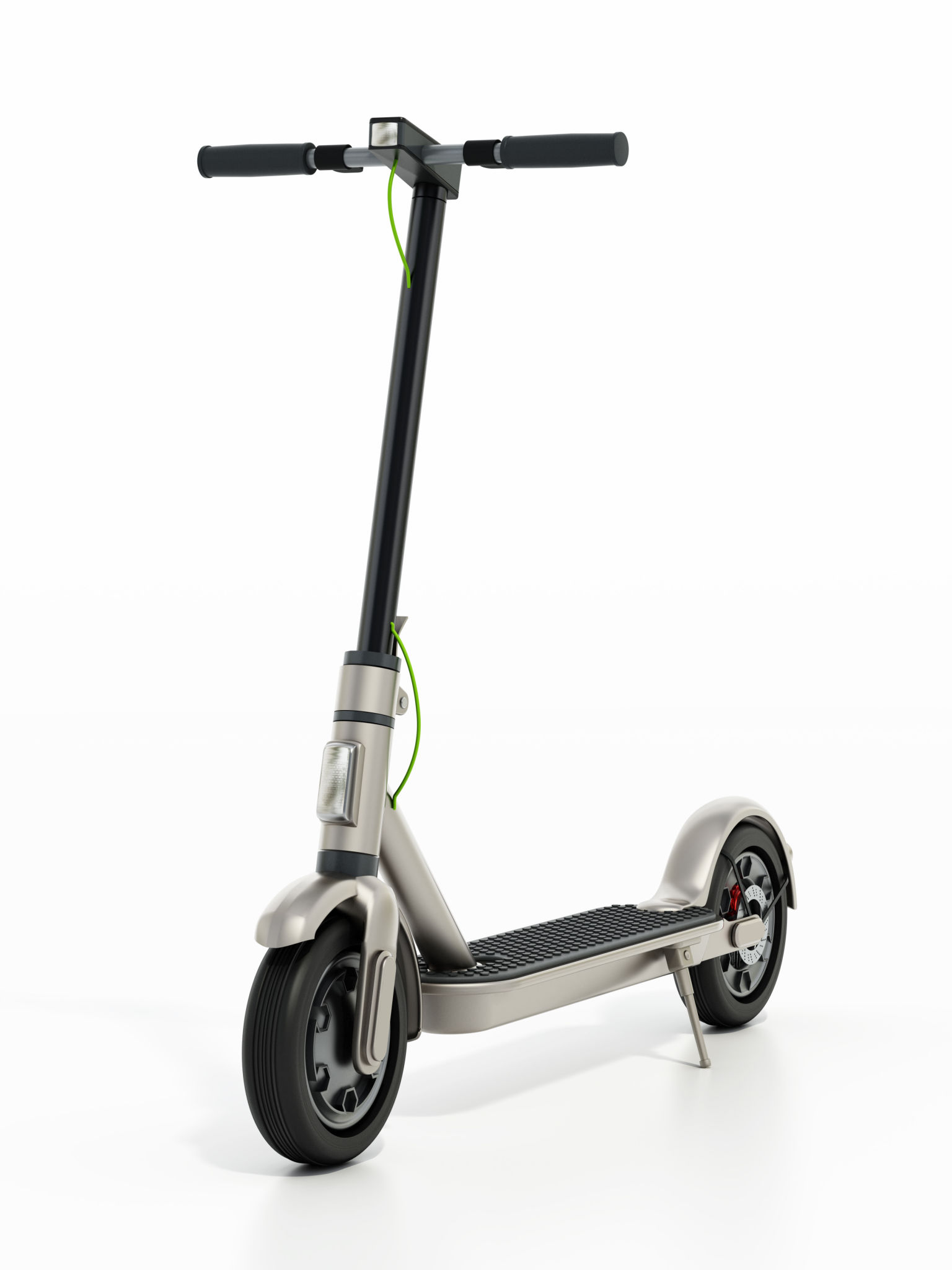Understanding the Rise of Micro-Mobility Solutions in Spain
The Emergence of Micro-Mobility in Spain
In recent years, Spain has witnessed a significant shift in urban transportation trends, with micro-mobility solutions gaining traction across its bustling cities. This change is largely driven by the need for sustainable and efficient transportation alternatives. Micro-mobility, which typically includes e-scooters, bicycles, and e-bikes, offers a practical way to navigate the urban landscape while reducing carbon footprints.

Factors Driving the Popularity of Micro-Mobility
Several factors have contributed to the rise of micro-mobility in Spain. Firstly, urban congestion has become a pressing issue in cities like Madrid and Barcelona. Micro-mobility solutions provide a convenient way to bypass traffic jams, offering faster and more flexible travel options. Additionally, the increasing environmental consciousness among the public has led to a surge in demand for eco-friendly transportation modes.
Moreover, the Spanish government has been supportive of this trend, implementing policies that encourage the adoption of micro-mobility. These include the development of dedicated bike lanes and the integration of micro-mobility into public transport networks, making it easier for citizens to incorporate these solutions into their daily commutes.
The Impact on Urban Infrastructure
The rise of micro-mobility has necessitated changes in urban infrastructure. Cities across Spain are investing in the expansion of bicycle lanes and parking spaces to accommodate the growing number of riders. This transformation not only supports safer travel for micro-mobility users but also enhances the overall urban environment by reducing vehicle emissions and noise pollution.

Furthermore, businesses are beginning to see the benefits of micro-mobility. Delivery services, for instance, are increasingly using e-bikes for last-mile deliveries, capitalizing on their ability to navigate crowded streets more efficiently than traditional vehicles.
Challenges and Considerations
Despite its popularity, the adoption of micro-mobility is not without challenges. Safety concerns remain paramount, as accidents involving e-scooters and bicycles have increased. Ensuring proper regulation and user education is crucial to mitigating these risks. Additionally, the management of shared mobility services presents logistical challenges, such as the need for adequate charging stations and maintenance of equipment.

Another consideration is the equitable distribution of micro-mobility solutions. Ensuring that these options are accessible to all demographics, including those in less affluent areas, is essential for fostering inclusive urban mobility.
The Future of Micro-Mobility in Spain
The future looks promising for micro-mobility in Spain as technological advancements continue to enhance these solutions. Innovations such as improved battery life for e-scooters and smart infrastructure developments will likely drive further adoption. Furthermore, collaborations between private companies and local governments could streamline the integration of micro-mobility into broader transportation networks.
As Spain continues to embrace these changes, it sets an example for other nations seeking sustainable urban transportation solutions. The ongoing evolution of micro-mobility reflects a broader shift towards a more environmentally conscious and efficient way of living in urban environments.